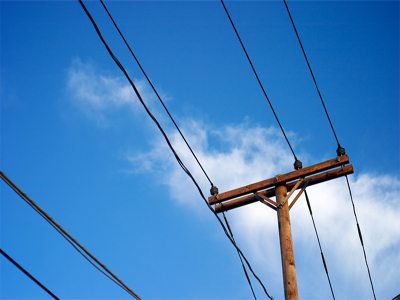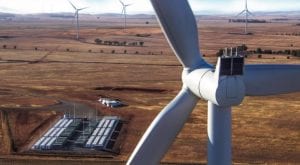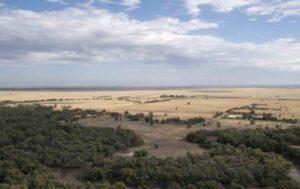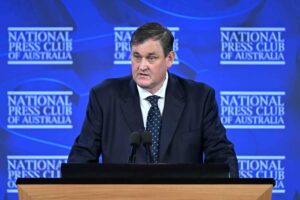ASX-listed power generator and retailer Origin Energy has announced a 110 per cent increase on underlying profit for 2018, up from $438 million to $838 million in FY 2017.
The result marks the latest in what has been an orgy of money-making for Australia’s big three gen-tailers, as consumers continue to feel the pressure of bloated electricity prices.
Last week, EnergyAustralia reported a half-year profit of $A375 million to June 2018 – up from $A129 million a year earlier – closely followed by AGL Energy, with a near-tripling in its own net profit for 2017-18.
Each company has reaped the benefits of higher wholesale electricity prices – which each has partially attributed to the short-notice closure of Victoria’s Hazelwood coal-fired power station.
And while power prices have increased, the gen-tailers’ costs have remained flat – which accords with the accusations of “gouging” pinpointed by the ACCC in its recent review of the Australian market.
But Origin CEO Frank Calabria said the company was keenly focused on its customers, particularly as competition intensified in the market and as the retail churn rate continued to hover at around 17,000.
He said the company was working to provide an electricity supply that was more affordable, more transparent in its packaging, and more sustainable.
Calabria also noted that Origin continued to support the federal government’s controversial National Energy Guarantee, as the best available policy to bring stability and investor certainty back into the market.
“Whatever emissions setting is made, (the NEG is about ensuring) we get there without a reliability or affordability shock along the way,” he said.
“It’s about making sure there is not the repeat of coal assets leaving the market at short notice. That’s what it’s all about.”
But Calabria wouldn’t be drawn on the peculiarities of the policy’s design, or what it might mean for renewables, considering the Energy Security Board’s own modelling suggests the NEG will kill off investment in large-scale solar, wind and battery storage after 2022.
Origin, itself, is aiming for renewables to be at least 25 per cent, or greater, of its generation mix by 2020, which means targeting growth of more than 1000MW by that date. The company is also committed to halving its emissions by 2032.
On the smaller-scale, Origin continues to lead the market in both commercial rooftop solar (number 1) and residential – although as we report here, Calabria said on Thursday that he supported the early wind-up of the federal SRES rebate.
Interestingly, Calabria also noted that the rapid increase in new, renewable generation that had come onto Australia’s grid, partly in response to the closure of Hazelwood, had pushed down power prices in the forward market.
“There has been a supply response …since the closure of Hazelwood,” he said. “The increased renewable supply has put downward pressure on the market, and we’ve seen that go through to lower prices.”
Earlier this week, federal energy minister Josh Frydenberg tried to claim that it was the NEG – despite its future remaining in the balance – that was having a positive influence on electricity prices.
“Companies have begun factoring in the implementation of the National Energy Guarantee, and this is taking form in lower power prices in the forward market,” he said.
“So it’s actually already having an impact, even though the policy hasn’t been legislated.”










